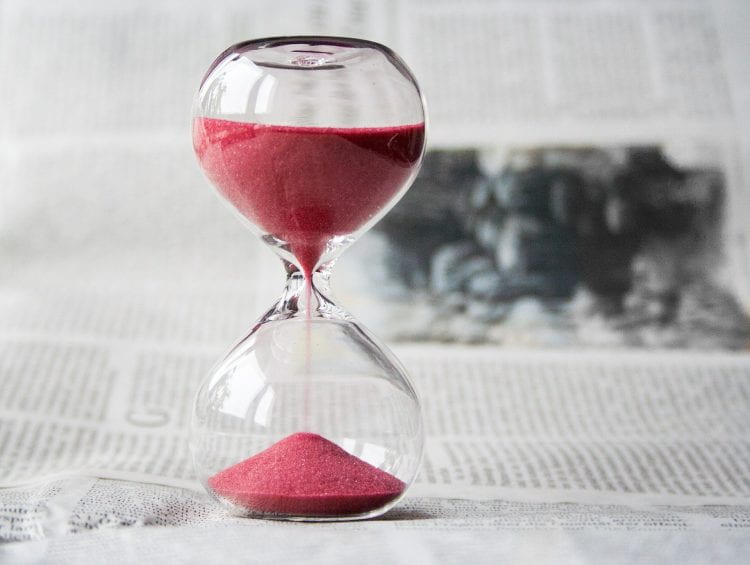
As any seasoned player in the recreational volleyball scene will tell you, timing is a critical component in volleyball. It can make the difference between a powerful spike and a missed hit, a winning serve and a serve into the net, or a successful block and a lost point. If you're a regular at drop-in volleyball games or part of a league, improving your volleyball timing can significantly elevate your game. Here are some tips to help you tune into the beat of volleyball.
Understand the Importance of Timing
In volleyball, each movement must be perfectly timed to make effective contact with the ball. From the setter setting the ball, the spiker approaching and jumping, to the server launching the serve - it's a delicate ballet that requires precision.
Practice Drills
The best way to improve timing is through drills. Drills can help you focus on specific skills like spiking, serving, or setting, with repetitive practice to fine-tune your timing.
Watch and Learn
Learn from the pros. Whether you're watching a professional match or skilled players at your local drop-in volleyball game, observe their timing. Notice when the hitter starts their approach in relation to the setter's set, or when the server strikes the ball in relation to their toss.
Develop a Rhythm
Rhythm is closely related to timing. If you can establish a consistent rhythm, your timing will naturally improve. This could involve developing a consistent serving routine, a steady approach to spiking, or a synchronized setting rhythm.
Understand Your Teammates
If you're playing on a team, such as a recreational volleyball league, understanding your teammates' timing is essential. Each player may have different rhythms, and adapting your timing to match theirs can result in smoother plays and better teamwork.
Use Visual Cues
Visual cues can greatly assist with timing. For example, when serving, watching the ball reach the peak of your toss before striking; when spiking, observing the ball leave the setter's hands before starting your approach.
Practice Consistently
Improving timing isn't something that happens overnight - it requires consistent practice. The more you play, the better your timing will become. Regular participation in drop-in volleyball games or recreational volleyball leagues can provide plenty of opportunities to practice.
Get Coaching
A coach or experienced player can provide valuable feedback to help you improve your timing. They can identify where you're going wrong and offer specific exercises and advice to help you get your timing right.
Be Patient
Lastly, be patient with yourself. Improving timing can be a slow process and it's easy to get frustrated. Remember, even professional players continue to work on their timing. Celebrate your progress, no matter how small.
In volleyball, timing is everything. It synchronizes a team, powers effective hits, and creates fluid, seamless gameplay. With patience, practice, and a keen sense of rhythm, your timing will be perfect in no time!